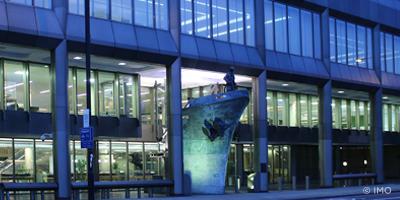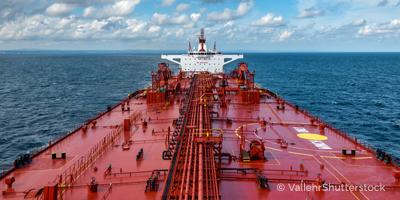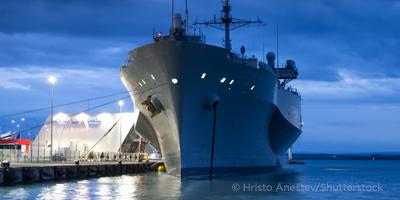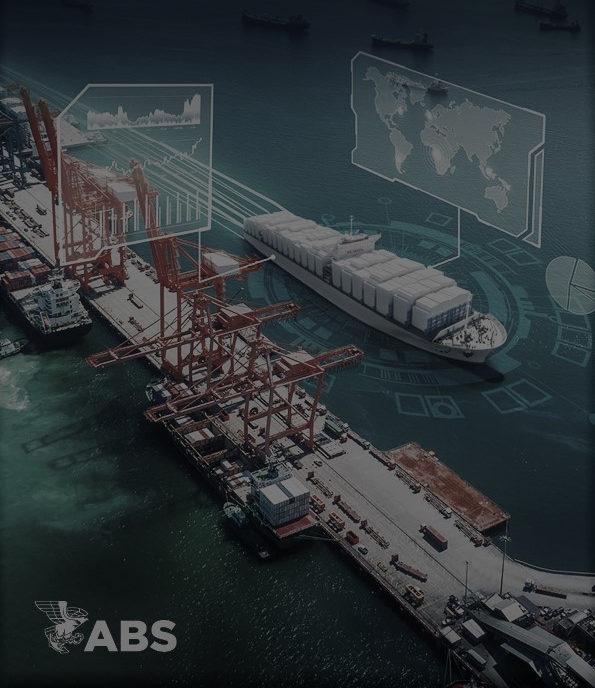California
For California, requirements are effective after a vessel's first regularly scheduled dry dock after January 1, 2018, or upon delivery on or after January 1, 2018:
- Development and maintenance of a Biofouling Management Plan
- Development and maintenance of a Biofouling Record Book
- Mandatory biofouling management of the vessel's wetted surfaces
- Mandatory biofouling management for vessels that undergo an extended residency period (i.e., remain in the same location for 45 or more days).
New Zealand
Beginning May 1, 2018, all commercial and recreational vessels arriving in New Zealand will need to meet the clean hull threshold as defined in the Craft Risk Management Standard (CRMS) which is based on the IMO guidelines:
Starting May 2018, vessels must arrive in New Zealand with a 'clean hull' which means:
- Vessels staying up to 20 days and only visiting designated ports (places of first arrival) will be allowed a limited amount of biofouling (slime layer, goose barnacles, and up to 5% cover of early biofouling depending on the area fouled).
- Vessels staying longer than 20 days or visiting places that are not places of first arrival will only be allowed a slime layer and goose barnacles.
In the interim, the New Zealand Ministry for Primary Industries can take action on vessels that pose a severe biofouling risk.
ABS Support
Whether you have a vessel under construction or entering drydock, ABS can help you prepare for compliance today by supporting you in the:
- Development of a biofouling management plan
- Review and selection process of the antifouling coating for a new vessel
- Evaluation of planned maintenance schemes to determine the impact that drydocking intervals and in-water cleaning practices may have on the coating
- Assessment of the suitability and lifespan of applied coatings and fouling control systems.



































